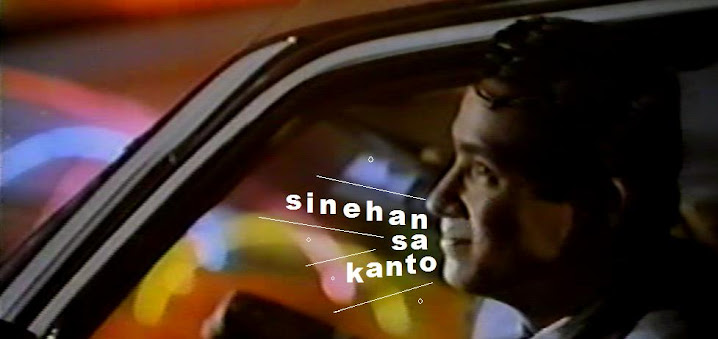Sunday, July 24, 2011
Harry Potter and the Deathly Hollows, Part 2 (David Yates, 2011)
So I take this very long hiatus on watching movies (life, it gets in the way sometimes) and what do I see? Damn right...Harry motha Potter! I don't really know if I feel satisfied for finally ending the series or for elbowing some obnoxious teenager in line for the tickets, but it is undeniable that the satisfaction is real. The movie itself does nothing but toe the line of fear and violence that has been the hallmark of Hollywood and American cinema for the ten or so years--one could argue that the series itself is a byproduct of the pervading fear that has defined the 2000s--but it is satisfying in a sense that the last Matrix movie or the second Lord of the Rings was satisfying. The makers know that the series is done, and whatever thing that needs to be expunged was already elaborated many times over in previous films. The last film then becomes just a way to get things blasted into space with a very big explosion. Two hours of destructive money shot, ending in the catastrophic (yet unsurprisingly, bloodless) death of villains and anyone else we didn't like before. There was some effort to make the characters more conscious of their existence within this magical milieu, but it failed because it was either weak or insincere, especially when presented in context of relentless dichotomies between good and bad with no areas for ambiguity. In the end, it sated the desire for closure, for completing, and for wholeness, and that is really what a movie should be all about.
Saturday, January 15, 2011
Sa Aking Pagkakagising Mula Sa Kamulatan (Ato Bautista, 2005)

I'm never one to suggest that progress necessarily implies that the present is inherently better or more “advanced” than the past, but Sa Aking Pagkakagising Mula Sa Kamulatan illustrates the great strides that the current Filipino digital filmmaking scene has taken. The film works best as an extended dream sequence, where it is always night but we never see anyone really sleep. Bodies and characters move through space like zombies, as if the proper solution is not deep sleep but complete escape. But it never happens, and the one moment it seems to have happened, it may as well be just the dreams of a man who is dying for revenge. No one dies; everyone just suffers continuously. Wide lens and telephotos are used in abundance, skewing perspectives and distorting shapes and producing the effect of a drug-induced hallucination. The darkness punctured by the golden glow of street lamps and naked light bulbs made eery by the constant billow of cigarette smoke exaggerate the sense of being interrogated in a dark room, a session of truth telling largely limited by the listless confessor and the interrogator in denial. Regardless of the title, the film is one long nightmare, and the characters merely wake into it. However, as a critique or illustration of society, the film is problematic. A dream at least does not have to make sense, an unintelligible soup of symbols and Freudian allusions that mean nothing. It is enough that we walk through this landscape without necessarily knowing what is going on around us—only, that it is hell.
Once the film tries to make sense of everything—and it wants us to make sense of everything—it falls into the same tried cliché of blaming “moral corruption” for the mess. For Bautista, hopelessness is a product of laziness, unrequited libido, shady authoritarian figures, and conniving homosexuals ready to prey on the trodden masculine ideal. Any explanation of how these contribute to social degradation does not come. The viewer, who is supposed to be “Filipino”, is assumed knowledgeable of the rights and wrongs that make these “issues” the source of the problem. In short, it relies on cliches and social norms to understand the very system that makes these “norms”. Paired with the way the movie was edited—disrupting actions to focus on exposition—scenes become incoherent, like Angel's father who kills one of her lovers really for no good reason, or the evil policeman Lakay who proceeds to sodomize Jopet while trying to convince him to be one of his drug runners. The accompanying yelps, screams, and tears point to a cinema, then, still unshackled from melodrama. Although films such as the flawed but good Endo ultimately succumbed to melodrama (albeit more subdued), it was still in hindsight a signpost to how films were to become: more complex, accepting the truth of the situation rather than the easy explanations that wish it away. Whereas the disillusioned youth of Sa Aking Pagkakagising Mula Sa Kamulatan were more products of a middle-class third world fantasy/dream/nightmare, Endo struck closer by depicting people as they are, desperate but taking each day as it comes.


